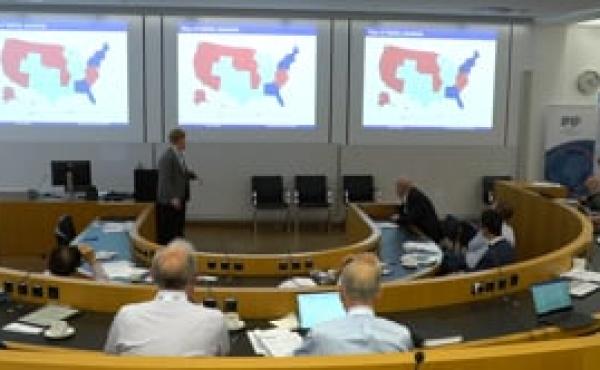The Limits of Limited Liability: Evidence from Industrial Pollution
Abstract
We study how parent liability for subsidiaries’ environmental cleanup costs affects industrial pollution and production. Our empirical setting exploits a Supreme Court decision that strengthened parent limited liability protection for some subsidiaries. Using a difference-in-differences framework, we find that stronger liability protection for parents leads to a 5.9% increase in toxic emissions by subsidiaries. Evidence suggests the increase in pollution is driven by lower investment in abatement technologies rather than increased production. Cross-sectional tests suggest convexities associated with insolvency and executive compensation drive heterogeneous effects. Overall, our findings highlight the moral hazard problem associated with limited liability.









